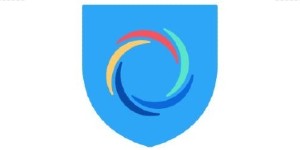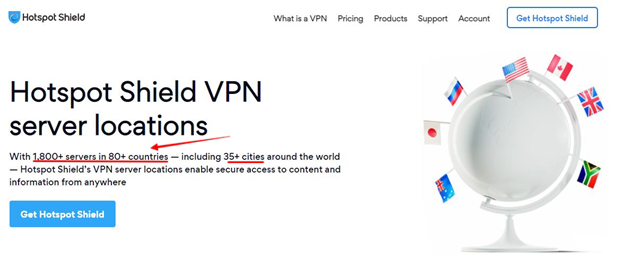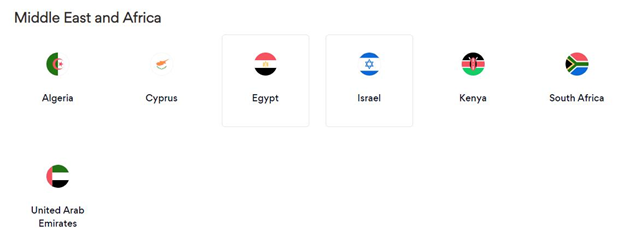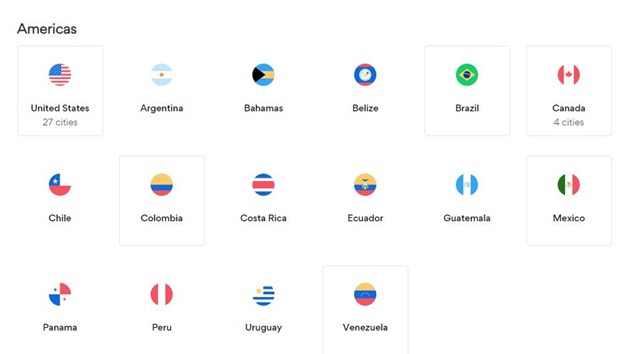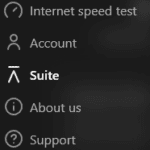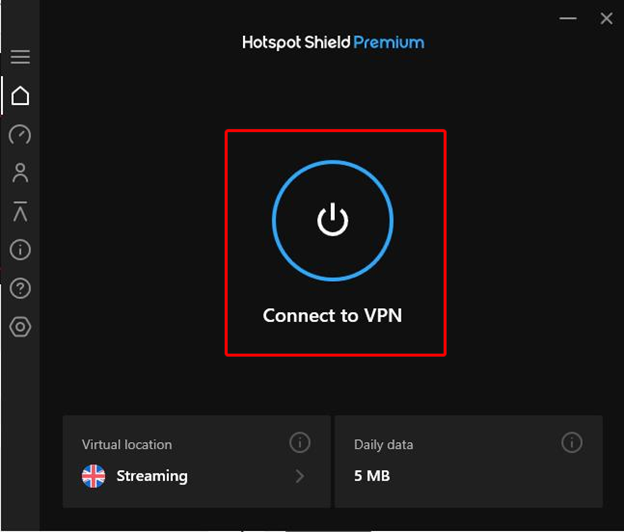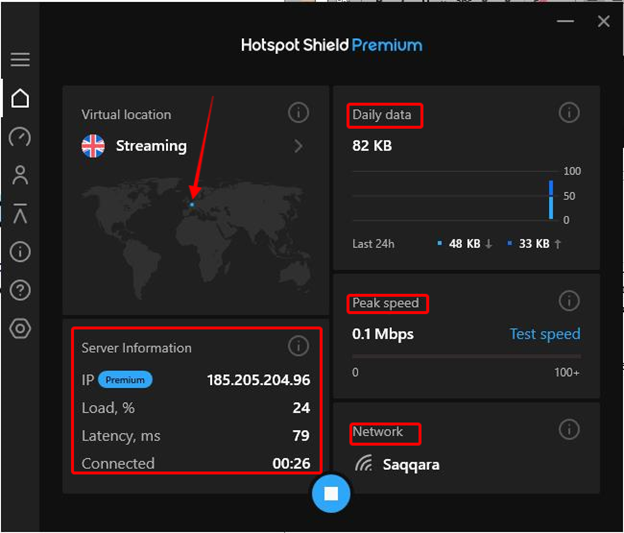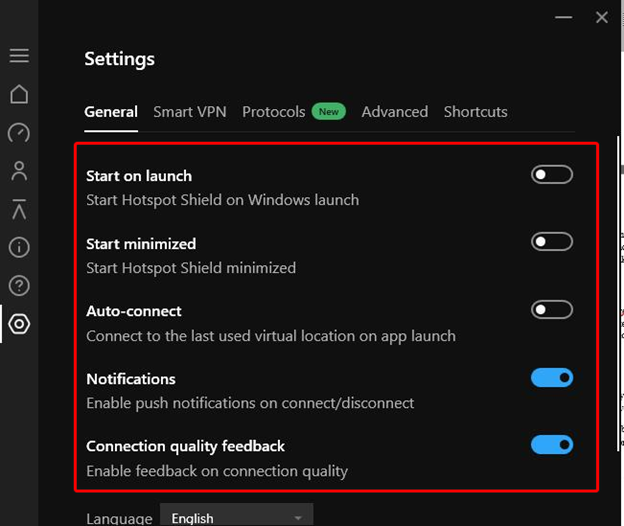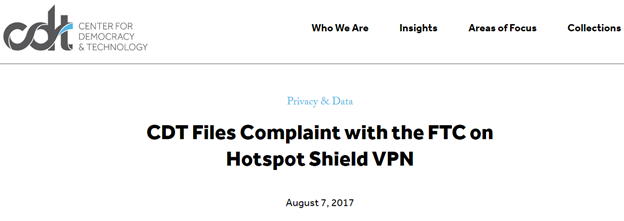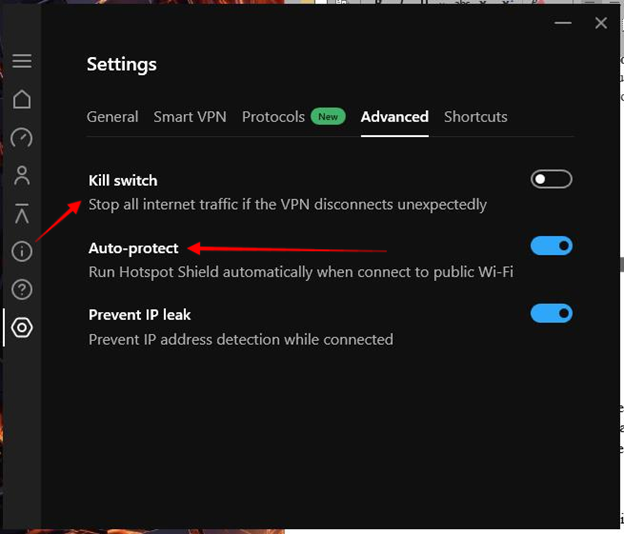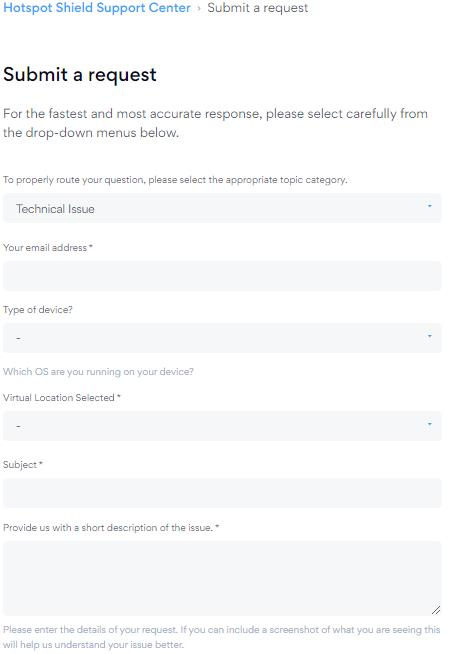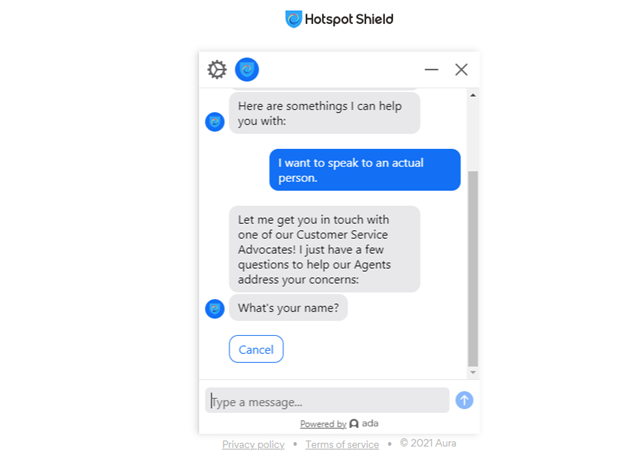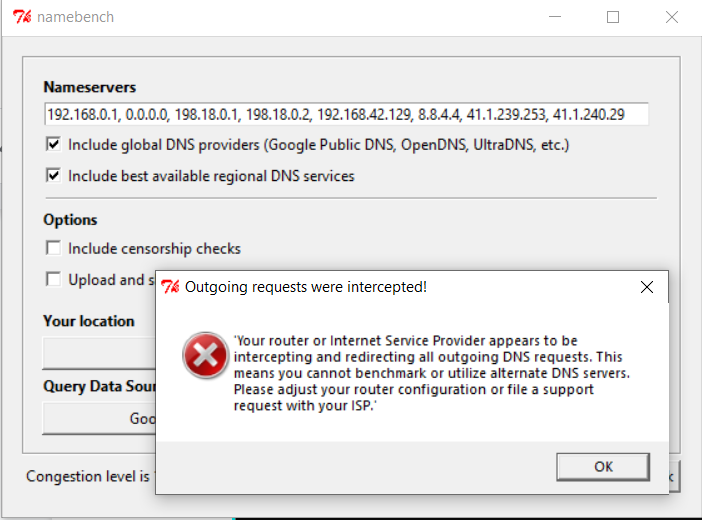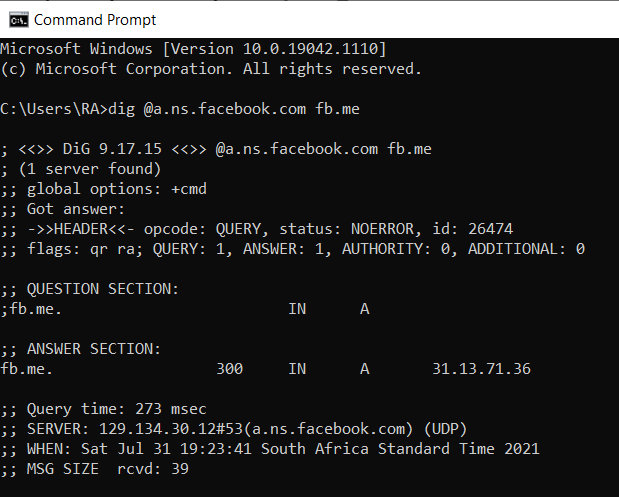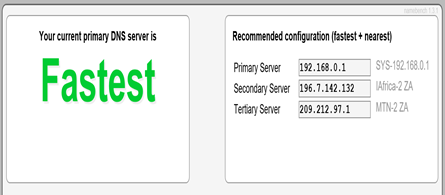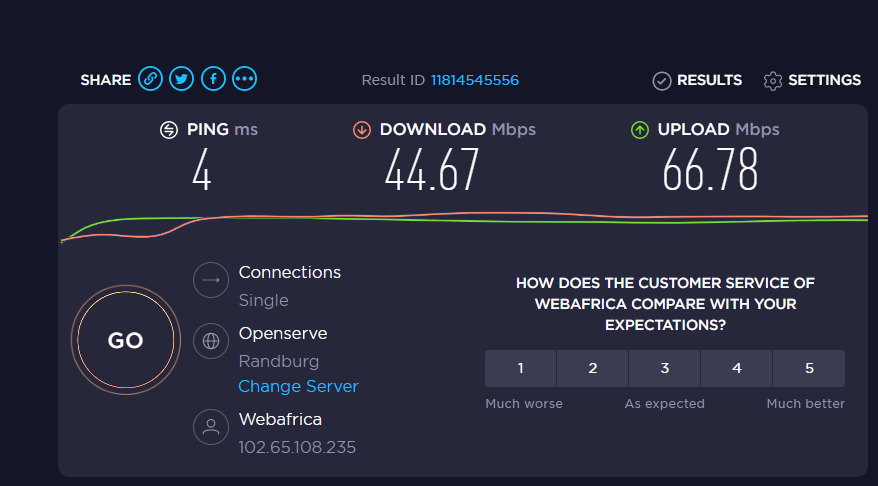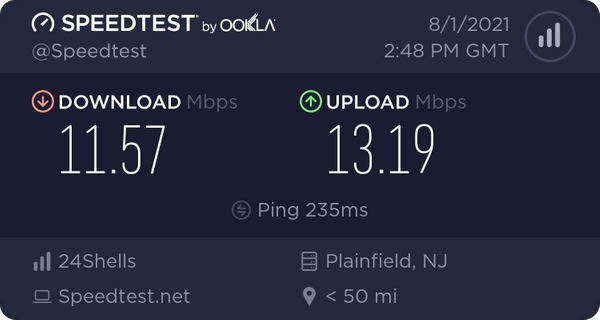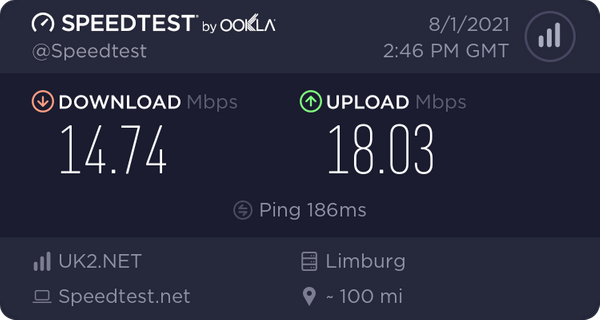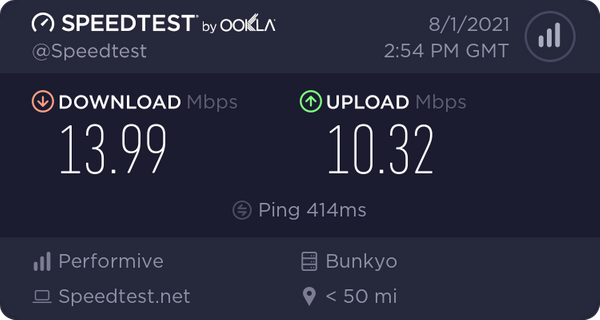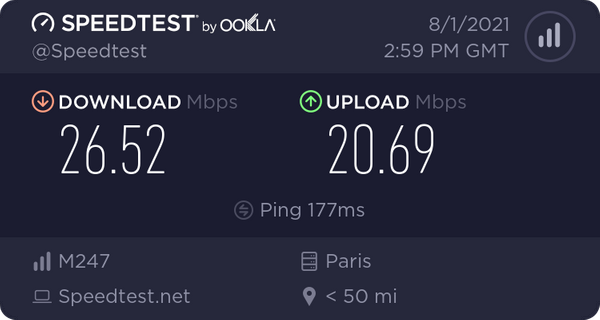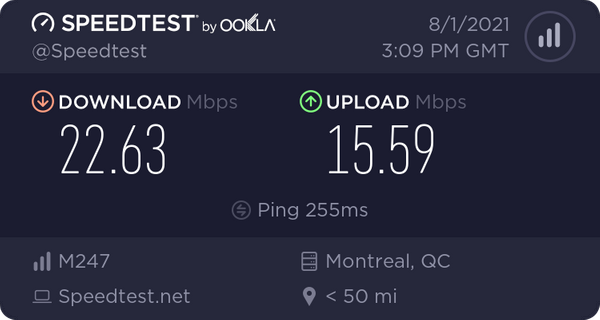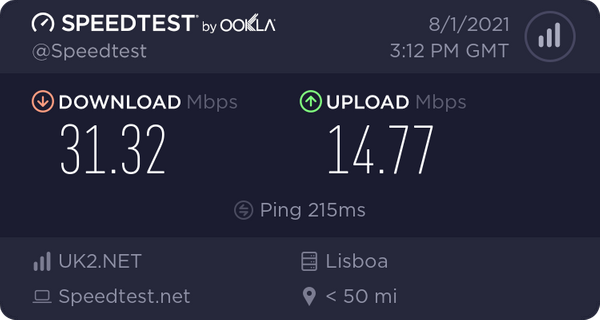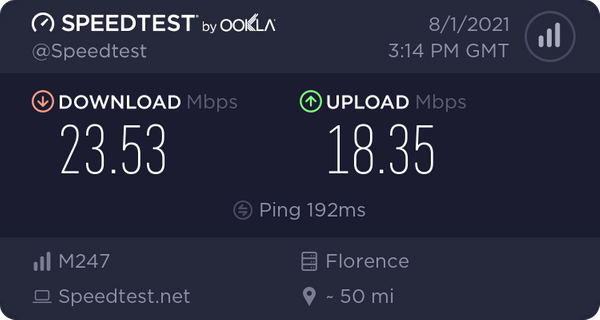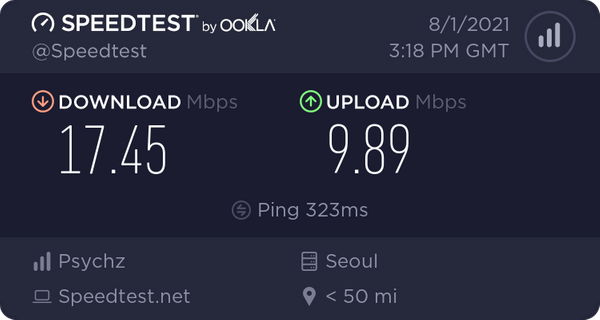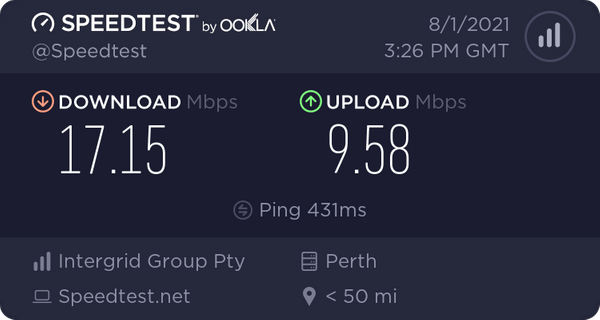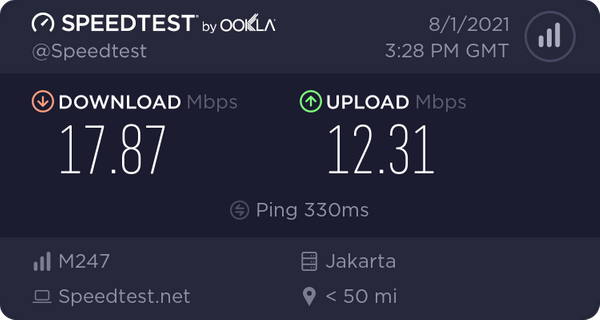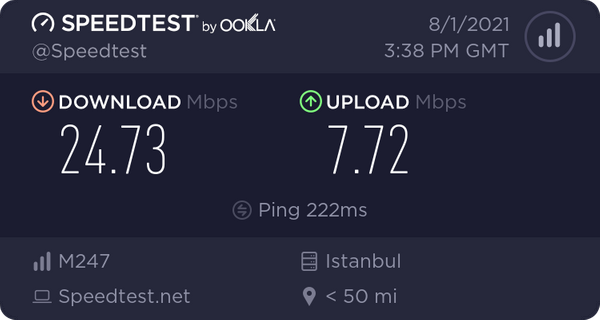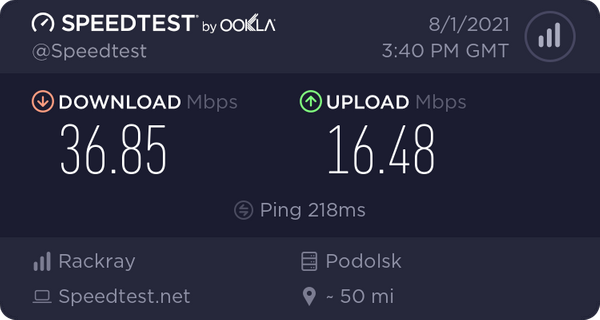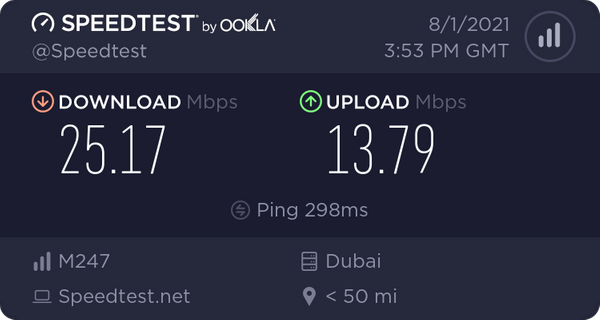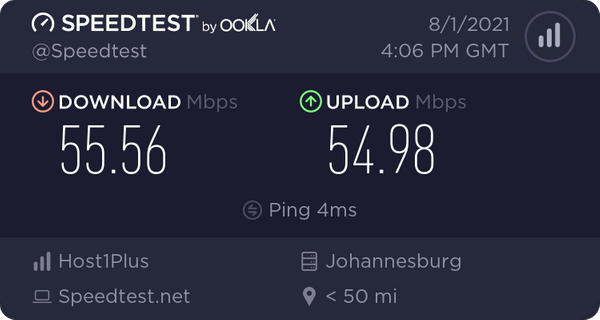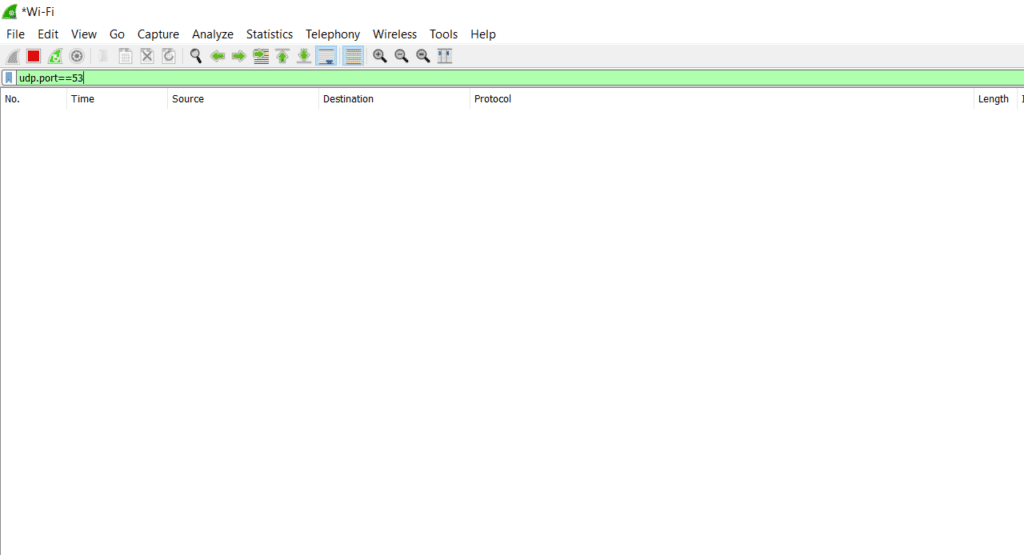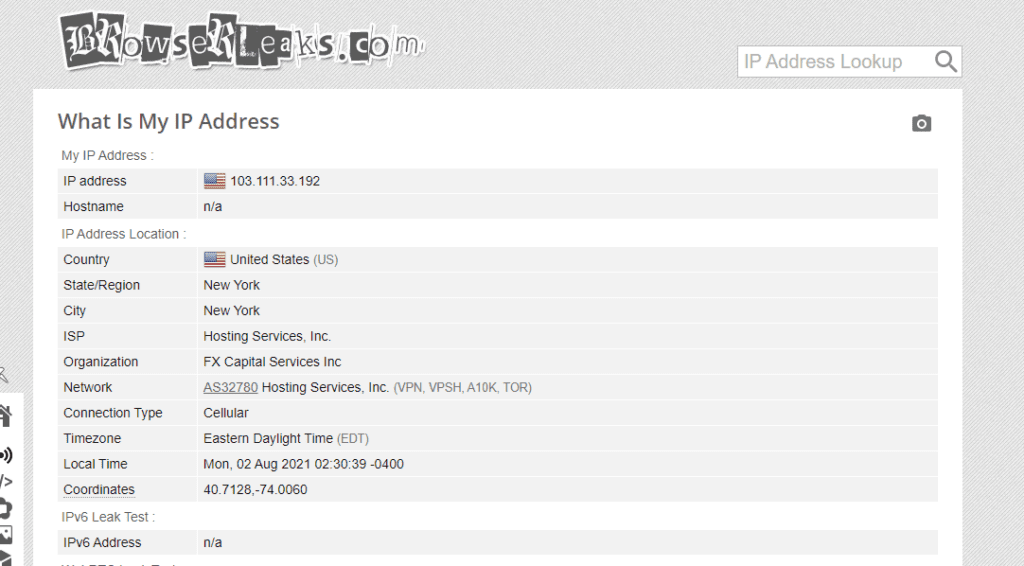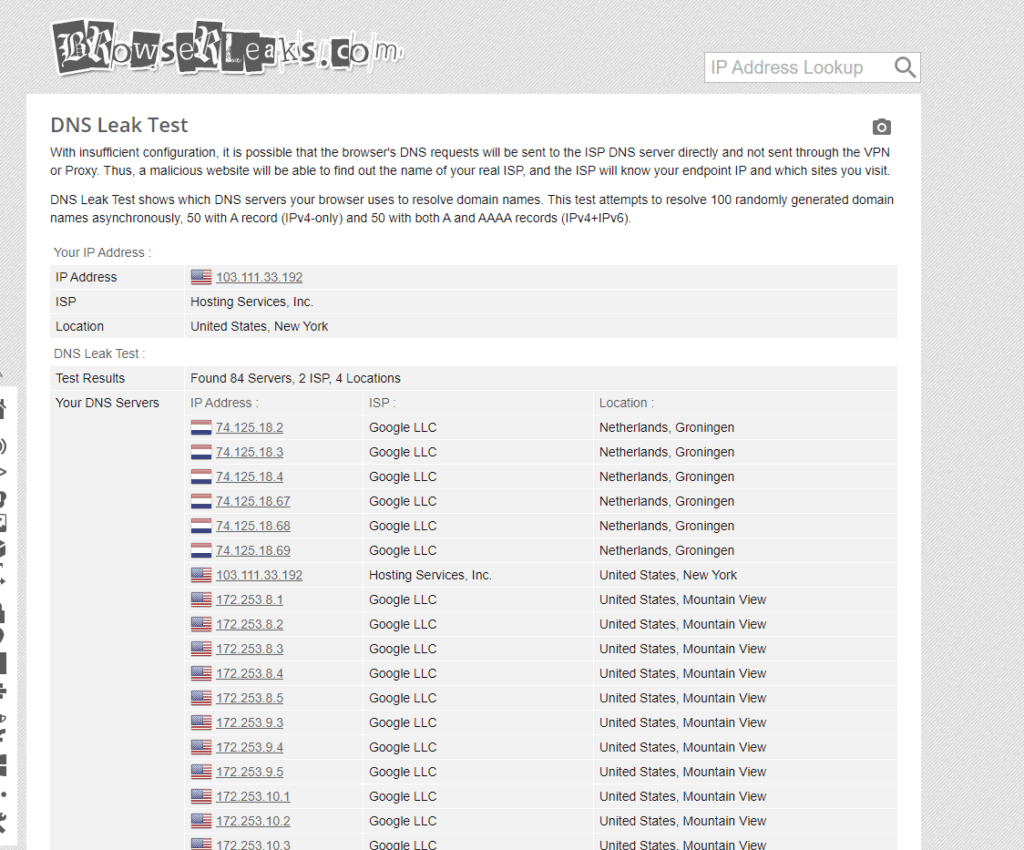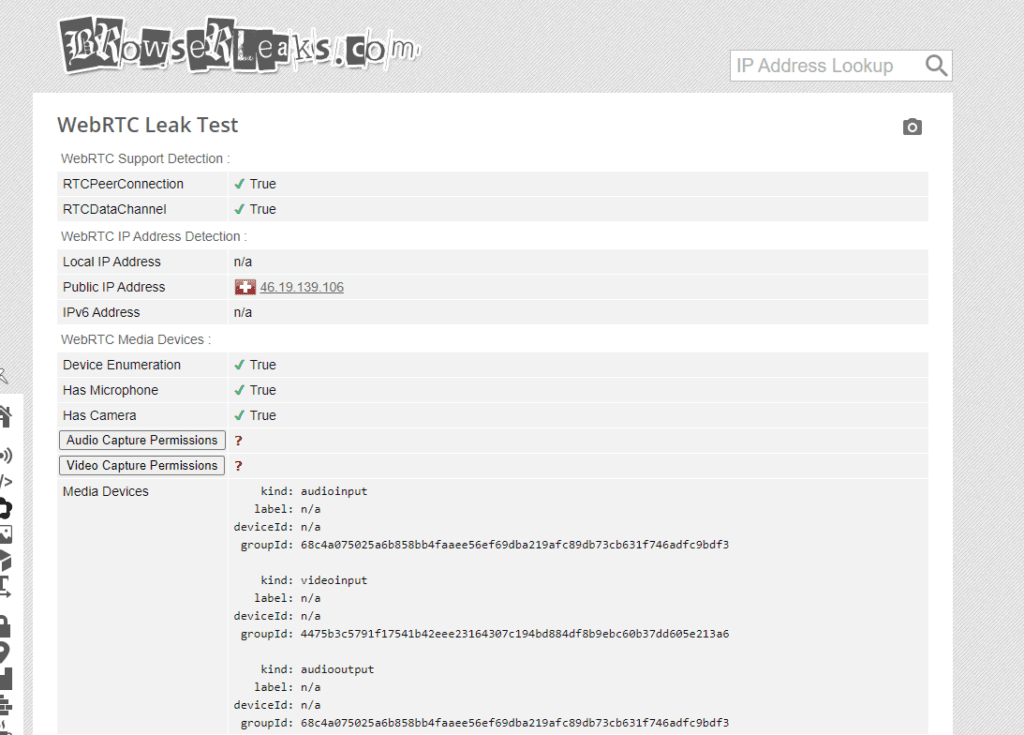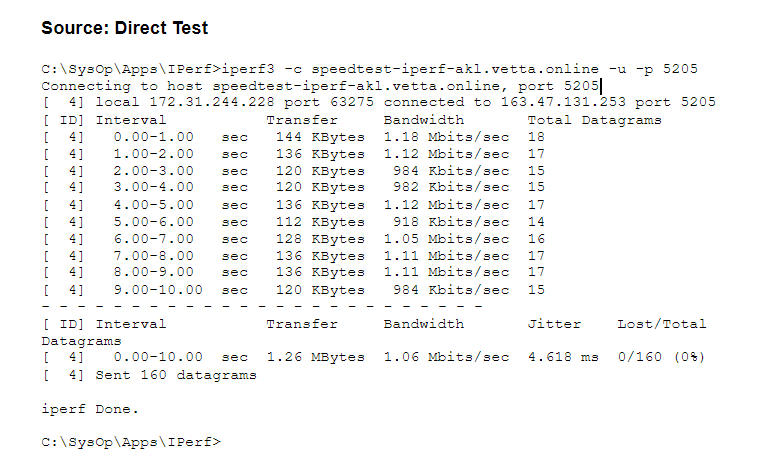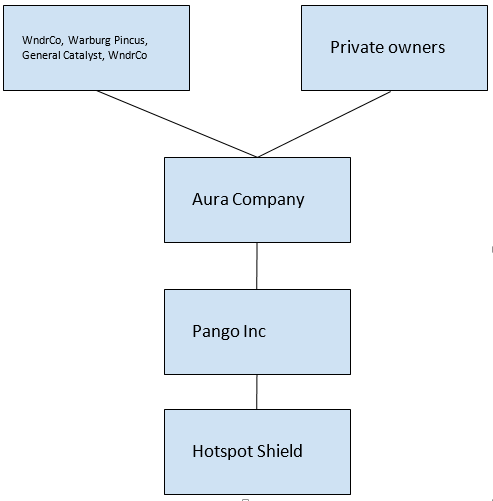There were high expectations for this VPN as there were many claims around the Catapult Hydra protocol and what it could achieve. Personnel at Ookla’s Speedtest.net claimed that over short distances Hotspot Shield was more than 1.4x faster than the nearest competitor. For long distances that jumps to 2.2 times faster than the nearest competitor. They also made claims that the VPN itself could increase the download speed by up to 26%
Over the short distance test, the download speed did in fact increase. When using the South African server, the download speed increased from 44.67Mbps to 55.56Mbps. This is noteworthy, but none of the other servers exhibited this. The other servers showed the typical drop of over 50% in both download and upload speeds. Some outliers included Russia and India which showed only a 7.82 and 5.12MBps drop in download speed respectively. Some other European servers experienced less than a 25% decrease in download rates which is impressive when considering any VPN. The upload speeds were less than satisfactory for the 23 tested servers.
When testing the designated five servers over 5 different distances, the performances were better. The time of testing was earlier in the morning and the servers were at a minimum capacity of 30% and a max capacity of 41%. The upload speeds still exhibited a 60% drop but were more consistent across all of the servers. The latencies (considering distance) were acceptable for gaming over the short-distance tests. That is, they were less than 200ms. The latency never exceeded 500ms even for the instance of testing servers in different continents. This does put it above several other VPNs tested in terms of latency.
When testing the connection from the ISP to several different locations using the speed test, the VPN did fare better in comparison to just using the ISP. This indicated that using the VPN did in fact increase speed for most of the instances and was better than not using a VPN at all.
Regarding the poor upload rate, this VPN may not be suited for commercial use. However, a functionality that is suited to commercial use is the split tunneling feature. This feature worked well when tested using the browser as well as when using Wireshark.
DNS traffic was intercepted but the VPN did pass several DNS leak tests. The authentic IP was never disclosed and the fact that a VPN was being used was never detected. The streaming quality was acceptable for the casual user and the unblocking of several geo-restricted streaming platforms was easily done.
The VPN protects the user’s identity while performing better than the ISP alone for various functions. It allows the unblocking of any geo-restricted platforms and has the adequate functionality that is expected from a commercial VPN.
